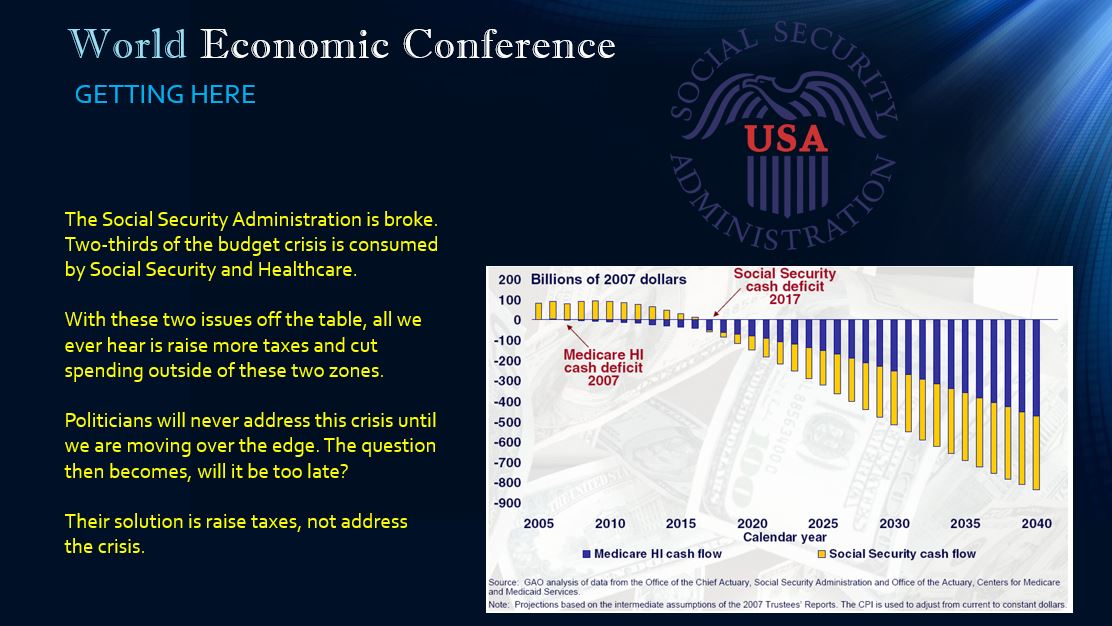Reuters has reported that Yellen told a House of Representatives committee when testifying before Congress: “Potentially anything – including negative interest rates – would be on the table. But we would have to study carefully how they would work here in the U.S. context.”
Yellen may have been placating Congress for negative rates would wipe out the elderly entirely. They have failed to work in Europe in the slightest.

Negative interest rates are not working in Europe. Even in Switzerland, hoarding of cashis becoming a national pass-time. This entire idea demonstrates that those who would be king, do not understand even how the economy functions.
We are back to Thomas Paine’s Common Sense that inspired the American Revolution. He explained that government was evil because it operates from a NEGATIVE perspective to always PUNISH the people. This is the only way those in government ever perceive their power – it is always to demand and punish, never to work with society to comprehend what the problem might be.
Taxes are too high and the standard of living has declined. Those in power will ONLY raise taxes because they are incapable of reform. The year 2017 will cross the Rubicon. The inflation they are desperately trying to create will arrive, but not in the form they desire.





 Modern cash storage method pioneered by desperate Swedes
Modern cash storage method pioneered by desperate Swedes



